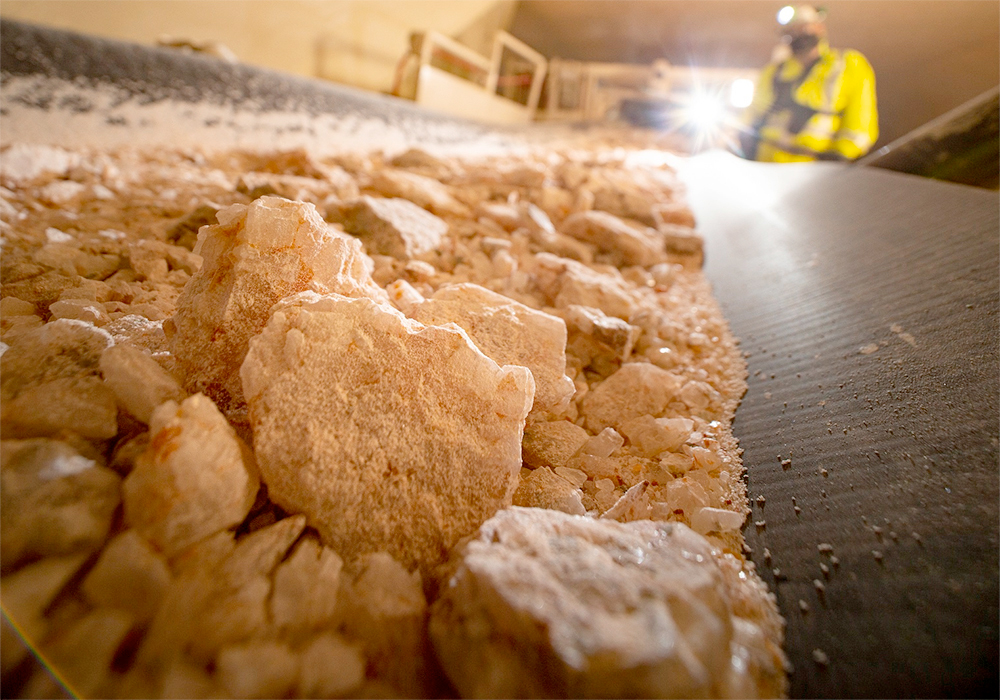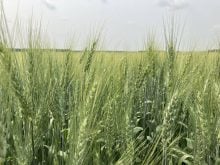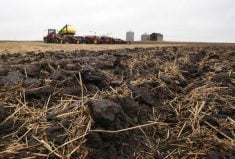REUTERS — Fertilizer Canada warns that disruptions impacting all rail services across the country will cost the fertilizer industry an estimated $55 to $63 million per day in lost sales revenue, not including logistical and operational costs.
Canada is the largest producer and exporter of potash, and 75 per cent of all the fertilizer produced and used in the country is moved via the railways.
Related stories:
The railways move an average of 69,000 tonnes of fertilizer product per day, equivalent to four to five trains, according to Fertilizer Canada.
Read Also

Why feds imposed EV tariffs
Moe and Kinew have a fight on their hands when it comes to eliminating the EV tariff. Canada has to worry about pissing off the U.S. and Mexico and hundreds of thousands of auto workers.
“Our industry continues to be very concerned by the potential of a dual rail disruption and the cascading impacts on Canada’s economy and global food security,” the organization said in an emailed statement.
The fertilizer industry contributed about $12 billion to Canada’s gross domestic product last year.
The organization, which represents producers such as Nutrien and CF Industries, said last week the industry had already begun to feel the effects of the labour disruption as the railways issued embargoes that impacted some ammonia fertilizer products and halted their movement.
Since 2018, seven supply chain labour disruptions have cost the fertilizer industry an estimated $976 million in lost sales revenue.















